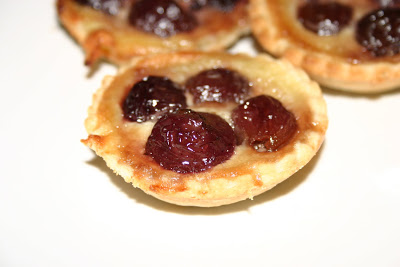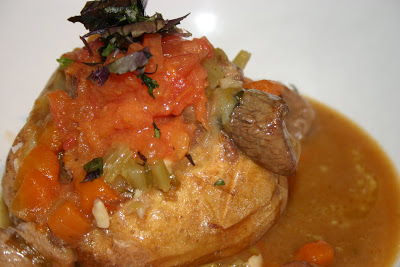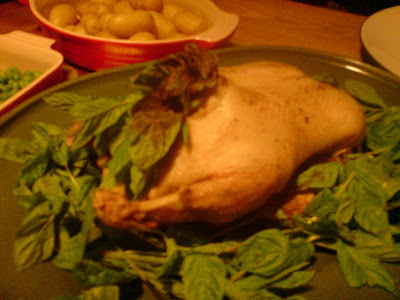At this point, I kneaded the dough until smooth – Jane says it should have ‘a waxy look’ – then popped it back in the bowl, covered it with cling film and left it to rest for a bit until it felt like it could be rolled and moulded successfully.
Now you can tumble in your topped and tailed gooseberries (about 8 ounces altogether) and a good amount of Demerara sugar (at least an ounce per tart, I’d say, but use your discretion). Roll out the lids, make a hole in the centre, and glue them in place with a brush and water, making sure you crimp the edges. Now leave the pastry to harden, this is a matter of a couple of hours in the fridge, but if leaving them in a cool larder, it’ll require an overnight wait.
Bake the ‘tarts’ for around 25-30 minutes at 200⁰C. Because of a lack of either egg , icing sugar or glaze, the pastry doesn’t turn a nice golden brown, but if the filling is happily bubbling away within, you can be pretty sure they are ready.
I served them warm with some pouring cream.





















